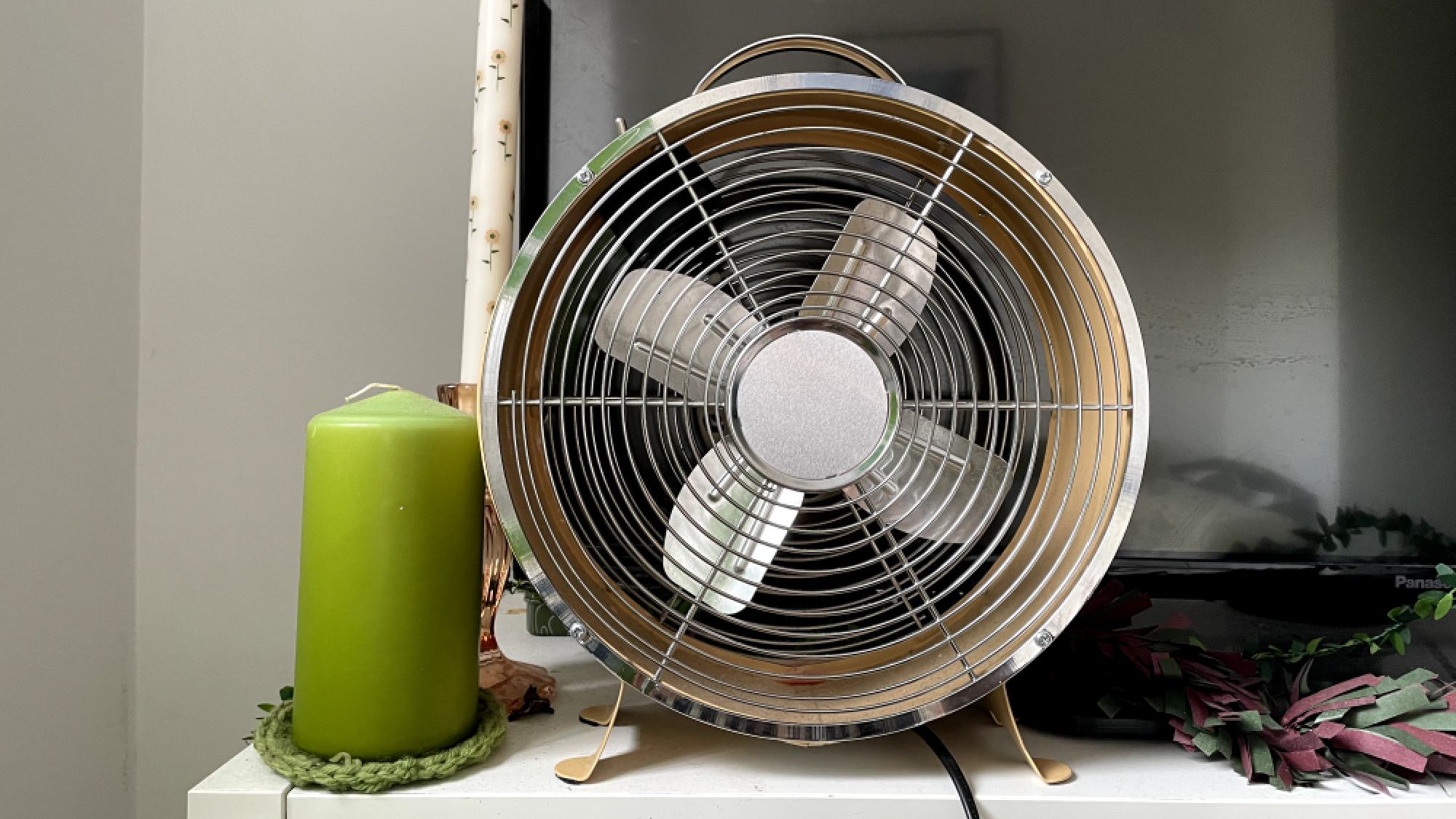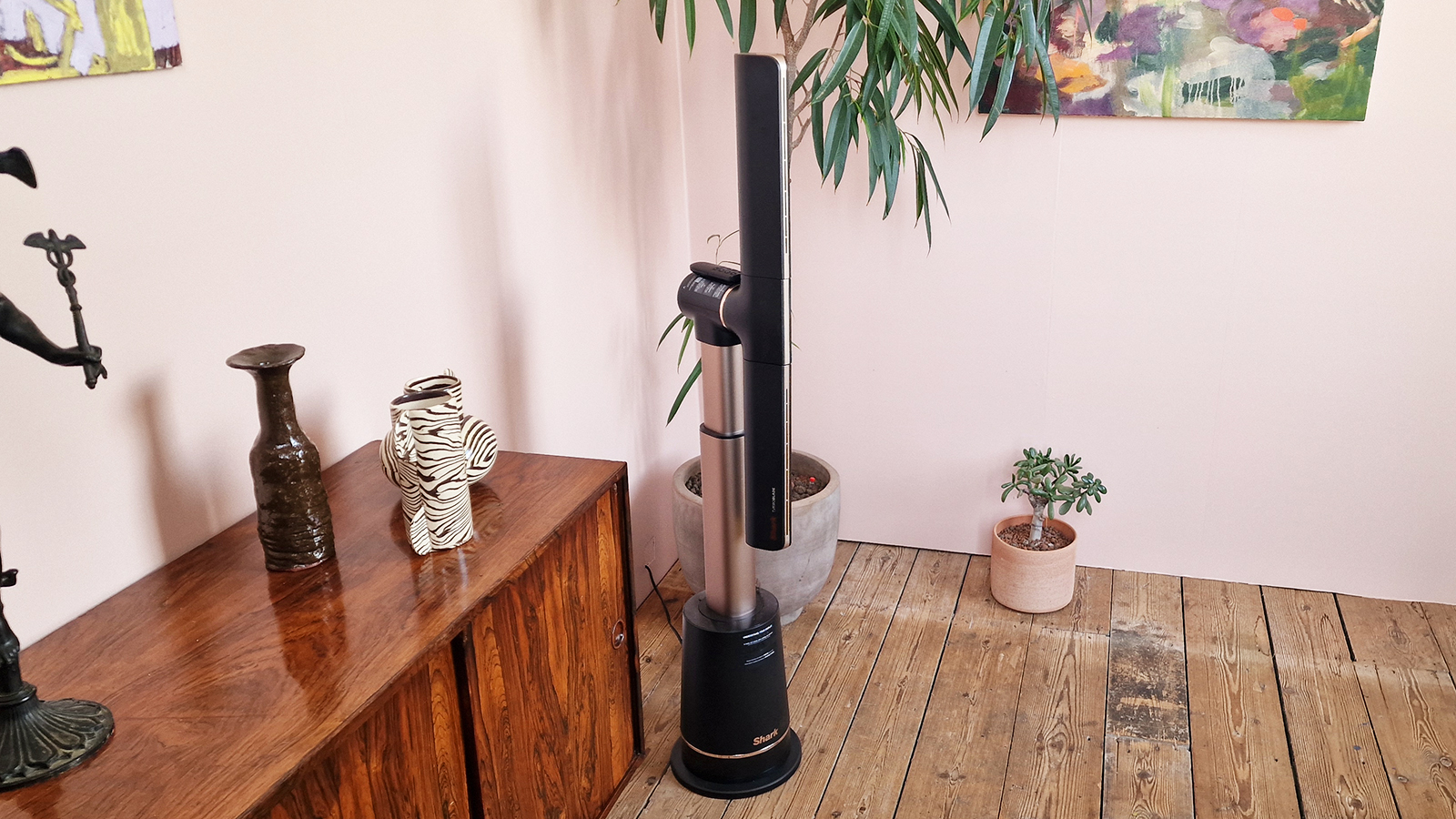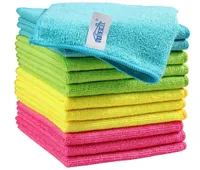How to deep clean any type of fan — from oscillating models to table fans
Just pulled your fans out of storage? Deep clean them before the heat hits

Summer's imminent arrival means pulling fans out of storage, often revealing months of accumulated dust and grime.
A dirty fan doesn't just look unsightly, it circulates dust particles throughout your home and operates less efficiently. The good news is, cleaning any fan requires nothing more than basic household supplies and some patience.
Whether you're dealing with a simple table fan, a standing pedestal model, or a complex oscillating tower unit, the process follows similar principles: safety first, thorough disassembly when possible, and careful attention to both visible and hidden components.
With the right approach, you can restore your fans to peak performance and ensure they deliver clean, cool air all season long. Here's how to deep clean any type of fan.
1. Preparing the fan

Before attempting to deep clean your fan, make sure you're following these safety and preparation steps. Always unplug your fan before starting any cleaning process and wait for all moving parts to come to a complete stop.
You may need to read your owner's manual to understand your specific model's disassembly requirements. Some fans use screws while others rely on clips or snap-fit connections.
Next, gather your supplies: microfiber cloths, a soft brush or toothbrush, mild dish soap, and a vacuum with brush attachment. Then move to an open workspace and lay down old sheets or towels.
For tower fans, consider laying them on their side for easier access to internal components.
2. Cleaning table and standing fans

Remove the front grill and fan blades according to manufacturer instructions. Remember to keep track of all screws and small parts to avoid losing them during reassembly.
Dust the blades with a microfiber cloth or feather duster, working systematically from hub to tip. For stubborn buildup, use a soft brush or cotton swabs to reach tight spaces. Vacuuming with a brush attachment can also help remove loose debris.
Clean the grill and housing with a damp cloth and mild soap solution. Avoid spraying directly onto electric components. Make sure to dry everything thoroughly before reassembly, as moisture near the motor can cause serious damage.
If you find that your blades are heavily soiled, you can soak them in warm, soapy water for a deeper clean. Then scrub gently with a toothbrush, rinse, and ensure they're bone dry before reattaching.
Made of 87% polyester and 13% polyamide, these lint-free cloths are a must-have in any cleaner's arsenal. They come in four signature colors, perfect for color-coding, and this pack of 12 will be ideal for whole-home cleans.
3. Oscillating and tower fan maintenance

Check for removable rear panels or access points that allow internal cleaning. Many tower fans have panels secured with just a few screws, providing access to internal blades and mechanisms.
Use your vacuum's brush attachment to remove dust from internal components and vents. A clean paintbrush can also help loosen stubborn particles in tight spaces before vacuuming them away.
For non-disassembly models, focus on external vents and air intake areas. Wrap a damp microfiber cloth around a thin tool like a ruler to clean narrow vent slits effectively.
Clean the control panel, base, and outer casing with a gentle multi-surface cleaner. And make sure to pay special attention to the base, which collects floor dust and grime.
Once you've finished cleaning, test the fan's operation after reassembly to ensure smooth, quiet performance.
Now you've learned how to deep clean any type of fan, why not take a look at our other useful cleaning guides?
Check out how to remove odors in your garbage disposal and how to mop your floors properly — 5 tips for spotless results. And don't miss 5 hard-to-clean areas your old electric toothbrush was made for.
More from Tom's Guide
- Don't let spider mites kill your houseplants — 5 plant-owner tips
- 5 ways to make your cut flowers last longer (and look better)
- How to attract bees to your backyard — 7 pollinator-friendly plants
Get instant access to breaking news, the hottest reviews, great deals and helpful tips.

Kaycee is Tom's Guide's How-To Editor, known for tutorials that skip the fluff and get straight to what works. She writes across AI, homes, phones, and everything in between — because life doesn't stick to categories and neither should good advice. With years of experience in tech and content creation, she's built her reputation on turning complicated subjects into straightforward solutions. Kaycee is also an award-winning poet and co-editor at Fox and Star Books. Her debut collection is published by Bloodaxe, with a second book in the works.
You must confirm your public display name before commenting
Please logout and then login again, you will then be prompted to enter your display name.

